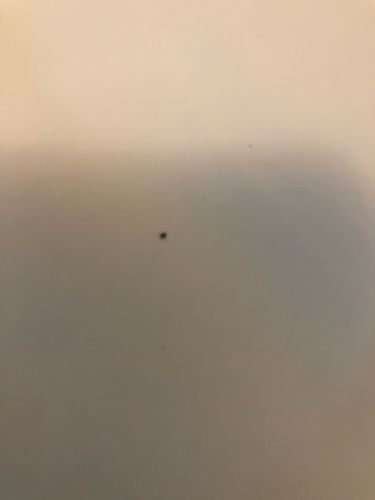Fungus Gnat
Scientific Name: Bradysia spp. (for Sciaridae) or various genera within Mycetophilidae
Order & Family: Order: Diptera, Family: Sciaridae or Mycetophilidae
Size: Adults are typically 2-8 mm (0.08-0.31 inches) in length.

Natural Habitat
Fungus gnats thrive in moist environments, particularly in potting soil of houseplants, greenhouses, and other areas with decaying organic matter, high humidity, and consistent moisture.
Diet & Feeding
Larvae primarily feed on fungi, decaying plant matter, and sometimes plant roots. Adult fungus gnats do not feed and their main purpose is reproduction.
Behavior Patterns
Fungus gnats are typically attracted to moist environments and decaying organic matter. Larvae feed on fungi and decaying plant material in the soil. Adults are weak fliers and often seen hovering around plants or windows. They have a relatively short lifespan, typically about a week.
Risks & Benefits
Fungus gnats are generally considered a nuisance pest, especially indoors. Their larvae can damage the roots of young plants or seedlings, potentially leading to wilting or stunted growth. They do not pose significant health risks to humans, though large infestations can be annoying. They offer minimal benefits in most settings.
Identified on: 8/20/2025